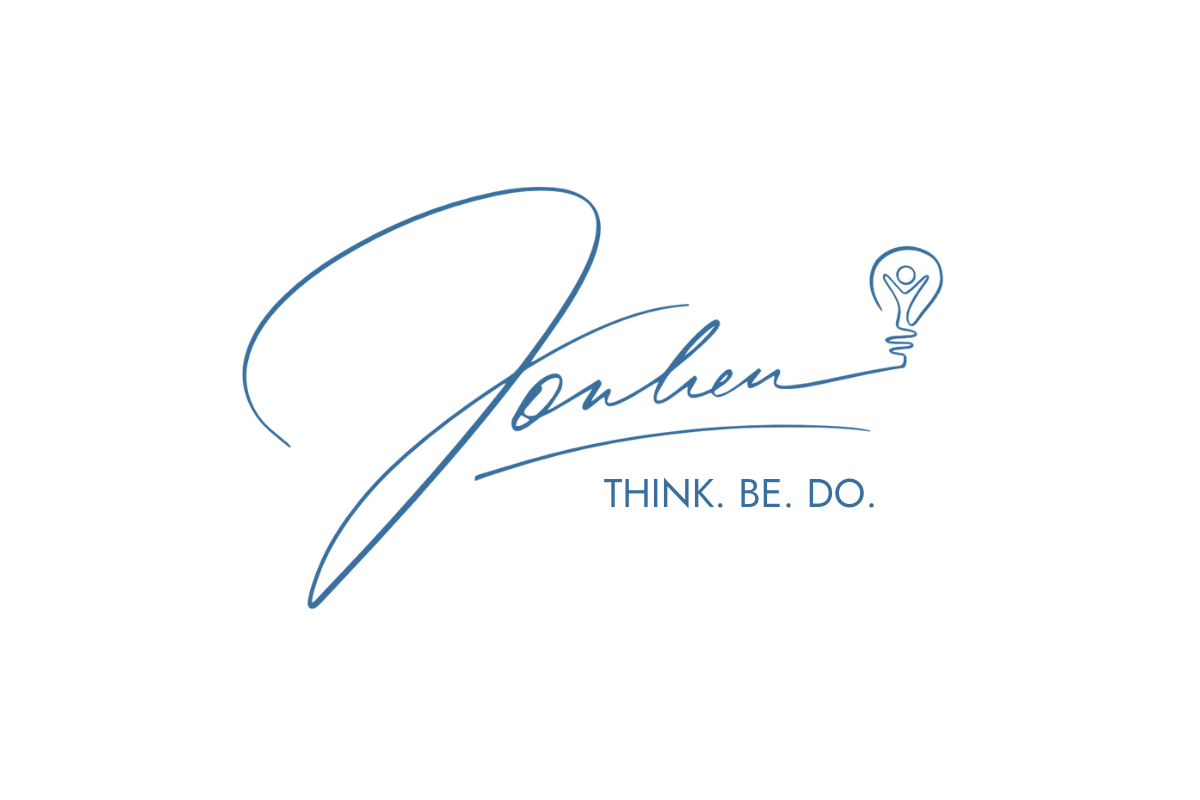
Empathy-Driven Solutions: Making a Difference Where it Matters Most
For nearly a decade, Angela had been a stalwart leader in her community, navigating the tumultuous waters of the nonprofit sector. However, after the waves of unrest following George Floyd's tragic murder and the lingering aftermath of the Covid-19 pandemic, the small nonprofit found itself at a crossroads.
Community events, once the lifeblood and financial backbone of their organization, had ground to a halt. As schools cautiously reopened, volunteers and community programs remained suspended, caught in the grip of uncertainty.
Within the leadership team, a division emerged. Some pointed accusing fingers at the school district, alleging a reluctance to welcome community services for students. Others, however, saw an opportunity for transformation, a chance to adapt programs, even temporarily, to align with the evolving needs of the community.
Taking a bold leap, the organization chose an unconventional path. Instead of pushing their district partners for a return to business as usual, with predetermined solutions to their challenges, they opted to engage in listening sessions with school leaders. What unfolded was a dynamic exchange of ideas and a collaborative effort to re-imagine their role in the community.
Out of these discussions emerged a reinvented set of programs—tailored not just to fill gaps but to bring solace and joy to the students and staff who had weathered the storm of isolation, loneliness, and grief during the pandemic. The organization, rather than imposing its preconceived notions, embraced a spirit of empathy and adaptability, creating a more meaningful and responsive impact.
In this story of resilience, Angela and her team exemplify a crucial lesson: in times of change, innovation arises not from unilateral decisions but from fostering empathy and open dialogue. By actively listening to the needs of the schools and the community, they transformed adversity into an opportunity to make a difference where it mattered most.

The narrative of Angela's nonprofit is a testament to the power of empathy-driven solutions in the face of unprecedented challenges. It stands as a reminder that true community leadership involves not just providing solutions but actively engaging with the evolving needs of the people they serve.
This article will discuss why empathy is crucial to problem solving and how People-Centered Design (PCD) can enable leaders to create empathy-driven solutions for the challenges experienced by their communities. Now, let’s dive straight into it.
Empathy and Problem-Solving
In the realm of problem-solving, empathy acts as a bridge between individuals, fostering a deep connection that transcends mere analysis. Contrary to what some might think, empathy is not about walking in someone else’s shoes. The fact is, we really can't do that. Instead, empathy allows leaders to decipher the nuanced layers of a situation, unraveling complexities, and uncovering potential solutions that resonate with the diverse needs and experiences of those affected.
Instead of leading with assumptions and a “fixer” mindset, leading with empathy provides profound insight into the perspectives, struggles, and aspirations of the people most proximate to the challenge we’re aiming to solve.
Theresa Wiseman outlines four key attributes of empathy that can help leaders find solutions that are not just technically sound but profoundly human:
- Perspective taking or seeking to understand what the experience is like for someone
- Listening with non-judgment
- Recognizing someone’s feelings and reaching back into our own experiences with those feelings to understand and connect
- Communicating our understanding of their feelings
Here are 8 reasons empathy is crucial to problem solving:
Understanding Diverse Perspectives
Empathy allows leaders to see issues from various viewpoints, enabling a comprehensive understanding of the complex factors at play.
Enhanced Communication
Empathy fosters open and honest communication, creating an environment where individuals feel heard and understood, in more effective problem-solving discussions.
Building Trust and Collaboration
When people feel that their concerns are genuinely acknowledged by leaders, they build trust, an essential ingredient in working together to solve problems.
Identifying Root Causes
Empathy goes beyond surface-level symptoms, helping leaders delve into the underlying emotions and motivations that contribute to challenges.
Conflict Resolution
Empathy plays a vital role in resolving conflicts by promoting understanding and encouraging compromise, leading to solutions that are acceptable and beneficial to all parties involved.
Adapting to Change
Empathy equips leaders with the ability to adapt to evolving situations by understanding the shifting needs and emotions of those affected, ensuring solutions remain relevant over time.
Reducing Bias
By actively seeking to understand the experiences of others, empathy helps mitigate biases that may hinder objective problem analysis, leading to more impartial and equitable solutions.
Promoting Innovation
Empathy fuels innovation by encouraging leaders to think beyond conventional boundaries, considering diverse perspectives and ideas that may lead to groundbreaking solutions.
Some people think only intellect counts: knowing how to solve problems, knowing how to get by, knowing how to identify an advantage and seize it. But the functions of intellect are insufficient without courage, love, friendship, compassion, and empathy.
Dean Koontz
A Framework for Empathy-Driven Solutions
People-Centered Design (PCD) is a framework that enables leaders to create empathy-driven solutions with their communities. There are five interrelated, iterative phases, each of which is deeply rooted in empathy. See our explanation below about these phases:
Empathize to Understand
The foundation of PCD is empathy, which encompasses actively engaging with stakeholders to better understand their experiences, strengths, concerns, and aspirations, through a variety of strategies, such as active listening, interviews, observations, and surveys.
Define and Reframe
With a wealth of insights gained through empathetic engagement, leaders define and reframe the problem, synthesizing the diverse perspectives and experiences of stakeholders into a good problem statement. In addition, success criteria are established to verify the feasibility of possible solutions.
Ideate
This dynamic phase draws upon the collective intelligence of the stakeholders. It emphasizes divergent thinking and creativity to generate ideas to address the identified problem. In this phase, no idea is dismissed. Instead, each suggestion is valued for its potential to solve the problem.
Create
This phase of PCD involves building small-scale versions or prototypes of the proposed solutions. These might be physical or digital versions, with which stakeholders can interact and offer feedback. Examples might include rough sketches, models, or mock-ups to verify the practicality of the idea. It also helps leaders bridge the gap between ideation and implementation.
Test and Refine
The final phase of the Problem-Centered Design process centers on testing and refinement. Solutions are subjected to rigorous evaluation involving further stakeholder feedback and input. This iterative process ensures that solutions evolve in response to real-world testing. Necessary adjustments are made to ensure the final solution aligns with the needs of stakeholders.
Real Impact Where it Matters Most
Empathy stands out as one of the most underrated tools for creating sustainable solutions to the complex challenges facing schools, nonprofits, and the communities they serve. By seeking to understand the strengths, perspectives, and lived experiences of individuals and communities, leaders can create empathy-driven solutions and make a real impact where it matters most.